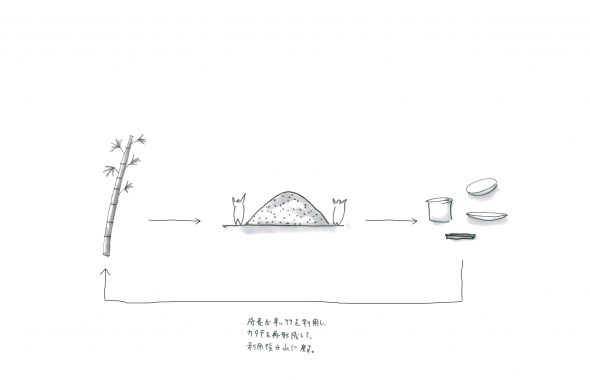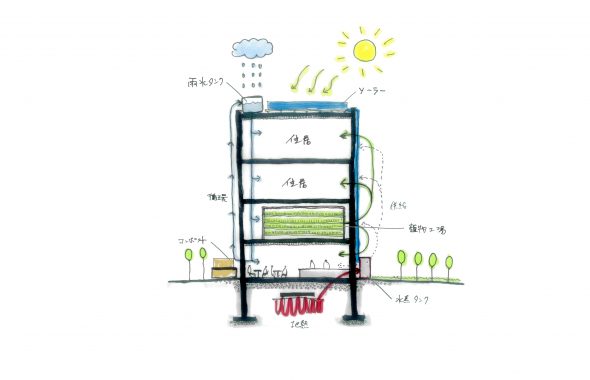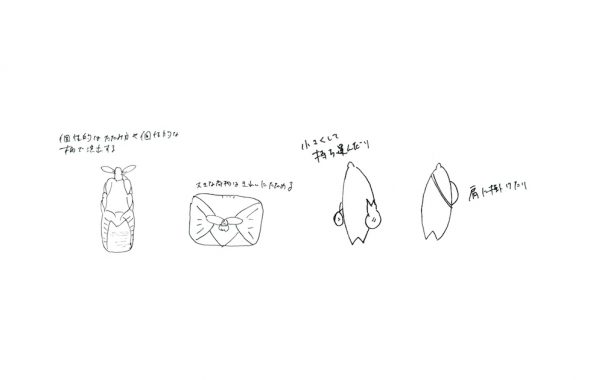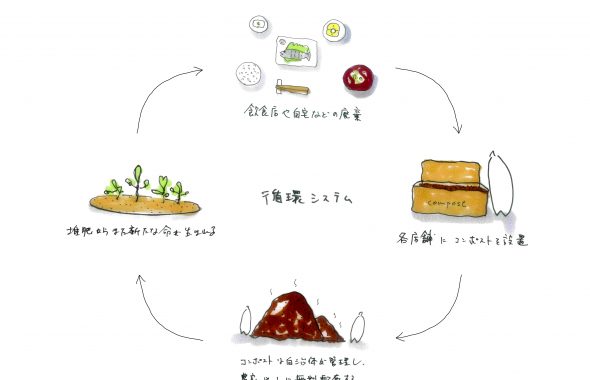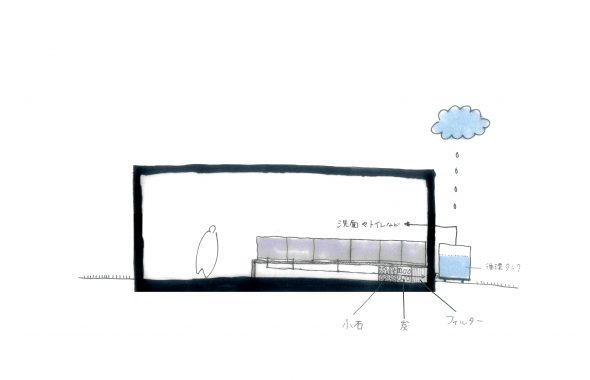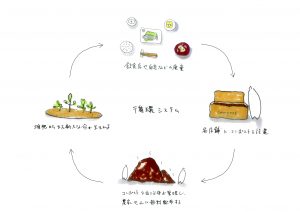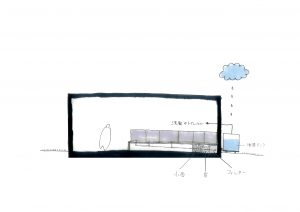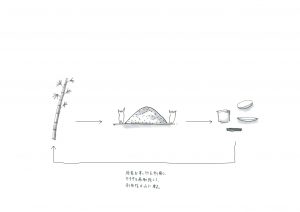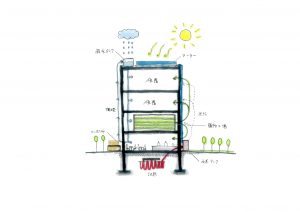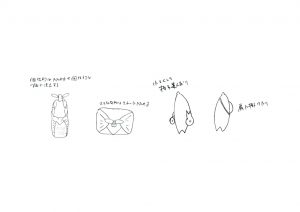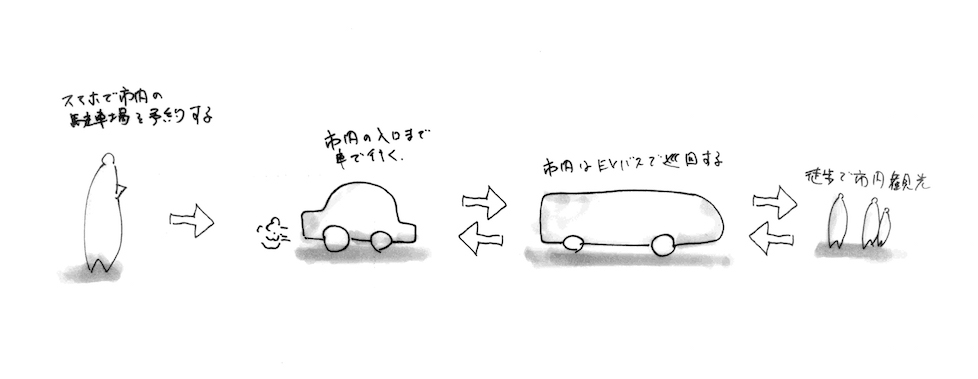
EV for Community Bus
Traffic Jam and Its Environmental Affects in Kamakura City Today
Our company is located in Kamakura city. The city is one of the most popular sightseeing spots in Japan. There are a lot of tourists every weekend, and especially during “the Golden Week” and summer vacation, the city becomes very crowded and lively. It’s the exciting and busiest time of a year for shop owners in Kamakura, but problems will be caused as well, such as heavy traffic jam and environmental damages. The heavy traffic jams not only affect the lives of the residents, but also can harm natural environment. Some of you may know through the news that the city is considering to solve the traffic problem by charging cars from outside of the city.
An Idea of Using Electric Buses
There are other cities with similar problems all over Japan, and we came up with an idea of using electric buses to solve this issue. The amount of carbon dioxide emissions of electric buses is 1/4 of that of petrol cars. As you may know, the noises electric cars make are a lot less than petrol cars. Also, the electricity for electric cars are made from various kinds of energy resources, so it does not depend solely on petroleum. The electricity price is 1/3〜1/7 of the petrol price, and electric cars run at 100km/h and faster. There are no problems with electric cars for the environment.
(Reference : https://www.city.kamakura.kanagawa.jp/kankyo/evsokusin.html)
Example of Community Bus “Chii-Bus”
There are some examples of using electric buses as community bus. One of the examples is “Chii-bus” in Minato-ku, Tokyo.
The local elementally school students designed the body of the bus and named “Chii-bus” meaning small and lovable. The bus is not only cute-looking but also helpful for the traffic problems. The amount of carbon dioxide emission of the community bus reduced by 26202.52kg-co2 in one year after switching to electric bus. The time needed to charge an electric bus is about the same as refueling petrol cars, and electric buses run more than 100km a day. The bus drives punctual and does not require breaks.
(Reference : https://www.city.minato.tokyo.jp/koutsuutaisaku/kankyo-machi/kotsu/bus/evbus.html)
Another Example of Community Bus “Kawasaki-Tsurumi Rinkoh Bus”
Another example of electric bus used for a community is “Kawasaki-Tsurumi Rinkoh Bus”. It proved the reduction of carbon dioxide emission by 40% compared to diesel buses. They are now considering to use electric buses with AI system for analyzing the ages of passengers by their look and use the data for more effective advertisements inside the bus.
(Reference:https://www.toshiba-dme.co.jp/dme/case/evbus.htm)
Electric Bus for the Kamakura City
Now, how do we use electric buses in the city of Kamakura? Firstly, we need to secure the spaces to park visitor’s cars. There should be several parking areas outside the city to leave the cars. We can create an app for visitors/tourists to reserve a parking spot before reaching there. From the parking areas, which are located at some points outside the city, tourists can take electric buses to go inside the city. The bus goes around the city, and the people can tour the city on their foot and by bus. This system will reduce the amount of carbon dioxide emissions of the entire city, and contribute to solve the traffic jam problems.

It requires preparations, agreements and corporations from everywhere to make it happen, but we believe electric buses can be one of the solutions to consider, because electric buses have the qualities to make sustainable environment where both residents and tourists enjoy being there without sacrificing the natural environment as well.
SDGs:7. AFFORDABLE AND CLEAN ENERGY / 11. SUSTAINABLE CITIES AND COMMUNITIES
![]()
![]()



